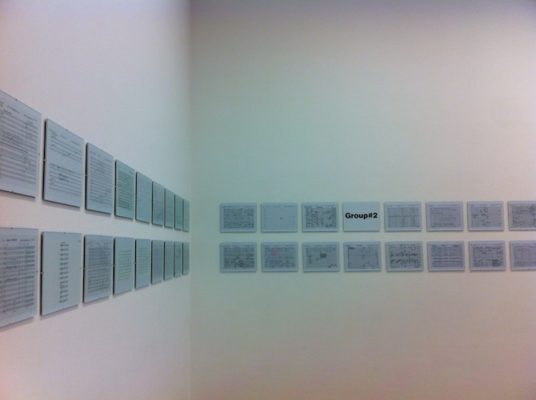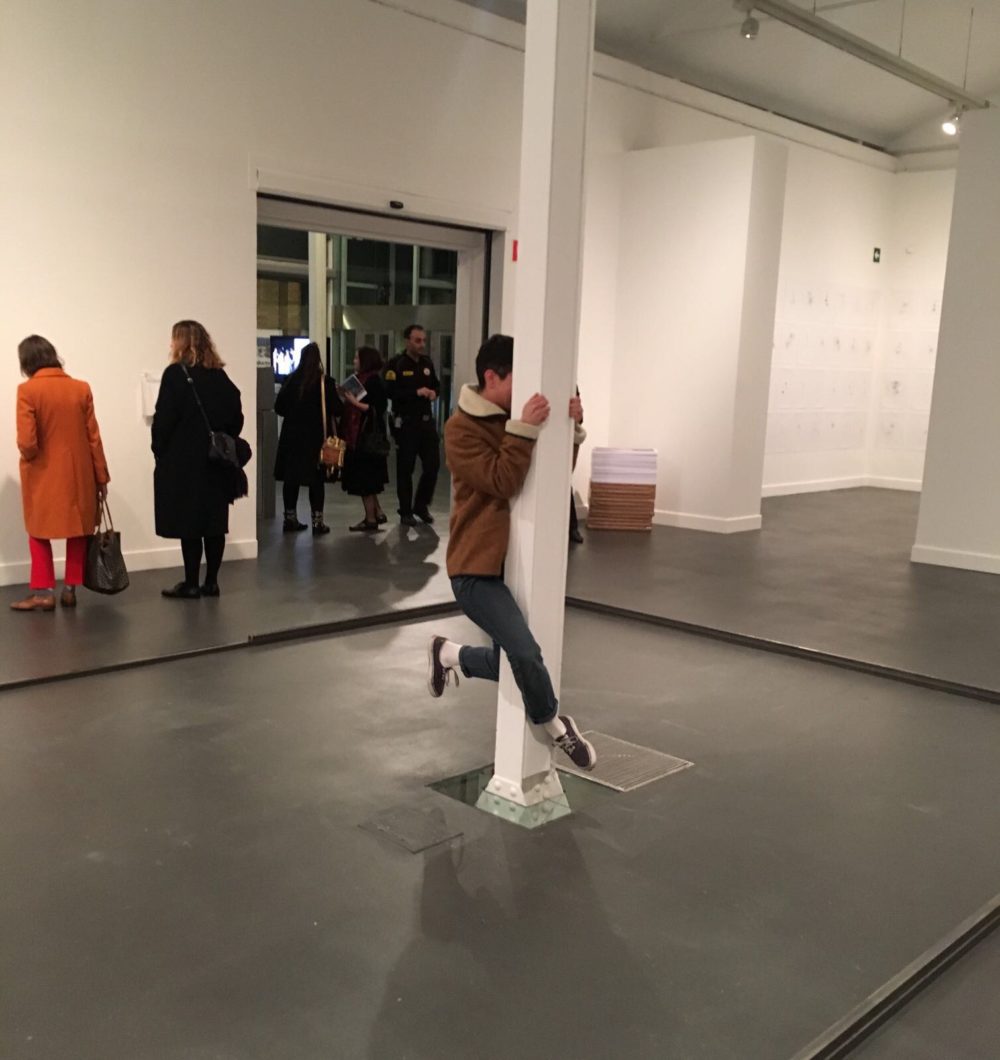Search
To search for an exact match, type the word or phrase you want in quotation marks.
A*DESK has been offering since 2002 contents about criticism and contemporary art. A*DESK has become consolidated thanks to all those who have believed in the project, all those who have followed us, debating, participating and collaborating. Many people have collaborated with A*DESK, and continue to do so. Their efforts, knowledge and belief in the project are what make it grow internationally. At A*DESK we have also generated work for over one hundred professionals in culture, from small collaborations with reviews and classes, to more prolonged and intense collaborations.
At A*DESK we believe in the need for free and universal access to culture and knowledge. We want to carry on being independent, remaining open to more ideas and opinions. If you believe in A*DESK, we need your backing to be able to continue. You can now participate in the project by supporting it. You can choose how much you want to contribute to the project.
You can decide how much you want to bring to the project.

The same happens with John Cage as with Picasso. In certain years, and not by chance, he appears all over the place. John Cage’s presence in the world of culture is a constant, as much for his condition of genetic coding for many later art practices and theories –past, current and no doubt future – as for the place that, up until now, he has occupied in the history of art. And of music. But, unlike Picasso, we remain more devoted to John Cage.
John Cage died in 1992, a year that many of us remember and not precisely for the death of the composer. Though historic anniversaries tend to commemorate the date of the demise of those whose name and surname are written in the capital letters that History grants them, the case of John Cage in this sense offers a peculiarity. What is commemorated is not his act of disappearance, so much his date of birth: the year 1912. Perhaps because for someone like John Cage it is much more appropriate to remember solemnly his appearance rather than his loss. As a way of celebrating affirmatively what originates with him, in parallel with this other tendency, so habitual in culture, of using anniversaries as a space for radiant, intellectual mourning.
John Cage is one of the most influential figures (one has to use the generalised term given the multifaceted nature of the person in question) in art -Duchamp permitting- and the music of the 20th century. More than enough reason to launch CAGE100, a macro-event that brings together different projects. From Leipzig but for the whole world: the perfect destination for the non-accidental, music-loving tourist, in a city through which Bach, Wagner and Mendelssohn have passed.
CAGE100 has generated, between 2012 and 2103, nine projects that obviously stress the musical factor of Cage’s production. An event, that also couldn’t lack some kind of accompanying exhibition; the show “Party Pieces” in the Galerie für Zeitgenössische Kunst. This exhibition functions as an archive of the present for a project that repeats the exercise of the homonymous piece by John Cage in 1945, when the composer, along with Henry Cowell, Lou Harrison and Virgil Thomson decided to pursue, like the surrealists, the concept of the “cadavre exquis”. One compositor wrote a bar plus two notes, folded the paper along the end of the bar and passed it to the following composer, who used these two notes to continue the composition and so on. The adaptation of “Party Pieces” that is presented in Lepizig uses the idea of the exquisite corpse but augments the number of composers to 128. Each one of them writes a sheet by hand, with an imposed limit, sending the last part of the composition to another composer who then continues the composition. The order of the international composers, in tune with certain hypotheses of Cage, was defined with the help of a coin and the book of I Ching.
The special feature of this collective appropriation of “Party Pieces” is that the spectator can take the exhibition home in the form of a publication. Though, only those who are in New York on the 17 October 2013 will be able to listen to the sonorous result of this de-territorialised score. Sometimes the potential of an exhibition is not so much in invoking and recreating the genius of a creator, in this case John Cage, who isn’t lacking anniversaries to be remembered by, so much as how it functions as a mnemonic for other projects that though perhaps more modest were more powerful. For example, ‘Possibility of Action. The Life of a Music Score’ (MACBA 2008), where an exploration of the score was shown that understood the notation of the score from a visual as well as a musical slant, juxtaposing music and contemporary art, which, as well as removing the score from its classic context of authority, allowed it to enter into other worlds by way of a score that doesn’t always have to pass through the interpretation of a bona fide musician. Albeit certainly for the pleasure of a spectator-interpreter in favour of an already canonical heterodoxy.

artwriter_curator_esnorquelmaker_chocolateresearcher_technodancer__bikeenthusiast_coffeeaddicted_
"A desk is a dangerous place from which to watch the world" (John Le Carré)